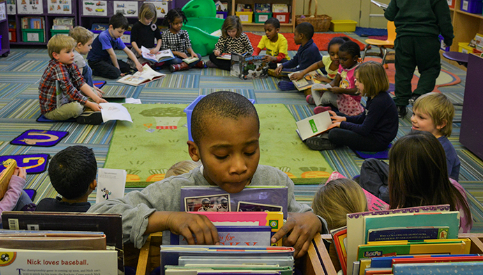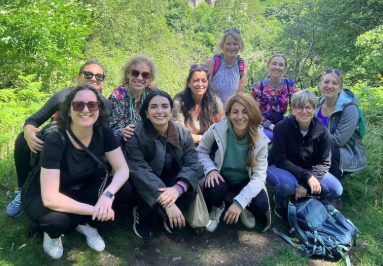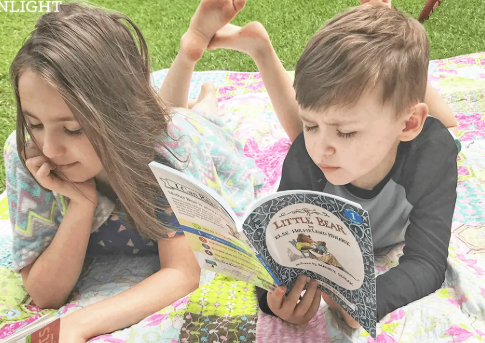Literature has the power to go beyond storytelling. It can open doors to deeper understanding, reflection, and discussion. In classrooms, homes, and community spaces, literature serves as a bridge to meaningful conversations that build empathy, critical thinking, and social awareness. Here’s how educators and families can use books to inspire thoughtful dialogue in a respectful and engaging way.
Choose Books with Rich Themes
Select literature that explores universal issues such as identity, justice, belonging, resilience, or change. These themes naturally invite discussion and personal connection. Age-appropriate novels, picture books, and memoirs can serve as catalysts for dialogue when chosen thoughtfully.
Create a Safe Space for Sharing
Before beginning any discussion, establish a respectful and inclusive environment. Encourage listening without judgment, and make it clear that differing perspectives are welcome. Setting norms for respectful dialogue allows everyone to participate openly.
Ask Open-Ended Questions
Move beyond simple comprehension by posing thoughtful, open-ended questions. For example:
- “Why do you think the character acted that way?”
- “How would you feel in that situation?”
- “What does this story remind you of in real life?”
These kinds of questions invite deeper thinking and help learners connect literature to the world around them.
Encourage Personal Connections
Invite readers to share how the story relates to their own experiences or feelings. This builds empathy and makes the reading experience more relevant and powerful. Students may see themselves reflected in characters, which strengthens their engagement and voice.
Use Literature Circles or Group Talks
Small group discussions can give students a chance to explore ideas in a collaborative way. Each group can focus on different aspects of a story—themes, characters, or key moments—and then share with the larger class. This structure promotes active listening and shared learning.
Incorporate Creative Expression
Allow students to respond through art, writing, or performance. Drawing a scene, writing a letter to a character, or acting out a chapter can help deepen understanding and open new avenues for conversation.
Reflect and Revisit
After a discussion, ask students to reflect on how their thinking evolved. Did they hear a new idea that made them reconsider their perspective? Revisiting a text after discussion can further enhance comprehension and insight.
Final Thought
Using literature to spark critical conversations is not just about analyzing texts—it’s about nurturing minds that are open, thoughtful, and curious. With the right guidance, stories become more than words on a page; they become tools for learning about others, understanding ourselves, and engaging meaningfully with the world.






